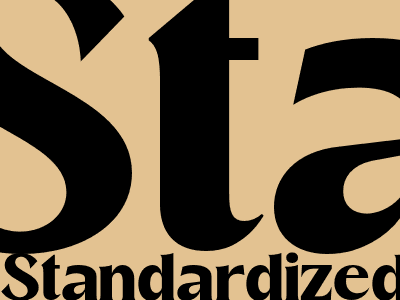
Standardized Patient
Standardized Patient: A Valuable Tool for Healthcare Education and Assessment
Introduction
Standardized patients (SPs) play a crucial role in healthcare education and assessment. They are individuals who are trained to portray patients with specific conditions or symptoms, providing healthcare students and professionals with a realistic and standardized way to practice and evaluate their clinical skills. SPs are not actors but rather specially trained individuals with a deep understanding of medical conditions and patient experiences.
Benefits of Standardized Patients
Utilizing standardized patients offers numerous advantages in healthcare education and assessment: * **Realistic Simulation:** SPs provide a realistic setting for students to practice their clinical skills in a safe and controlled environment, ensuring they are prepared for real-world patient encounters. * **Standardized Evaluation:** SPs allow for standardized and objective assessments of students' communication, physical examination, and decision-making abilities, reducing the variability inherent in using real patients. * **Objective Feedback:** SPs can provide detailed and immediate feedback on students' performance, enabling them to identify areas for improvement and enhance their learning. * **Patient Education:** SPs can also serve as educators for patients, helping them to understand their conditions, treatment options, and self-management strategies. * **Research:** SPs are valuable in clinical research, assisting in the development and evaluation of new medical interventions and technologies.
Training and Certification of Standardized Patients
SPs undergo extensive training, typically involving: * **Medical Education:** Understanding medical terminology, anatomy, and physiology to accurately portray patient conditions and symptoms. * **Patient Role-Playing:** Practicing portraying different patient roles, including diverse backgrounds, ages, and medical presentations. * **Communication Skills:** Developing strong communication skills to effectively interact with healthcare students and professionals. * **Ethical Considerations:** Adhering to ethical guidelines and maintaining confidentiality throughout their interactions. To ensure quality and consistency, SPs often obtain certification through organizations such as the Association for Standardized Patient Education (ASPE).
Effective Utilization of Standardized Patients
To maximize the benefits of SPs, it is essential to use them effectively: * **Clear Objectives:** Define clear learning objectives for SP encounters, ensuring students focus on specific skills and competencies. * **Appropriate Cases:** Select SP cases that align with the students' level of training and learning needs. * **Detailed Debriefing:** Provide thorough debriefing sessions after SP encounters, allowing students to reflect on their performance and identify areas for growth. * **Feedback and Coaching:** Offer constructive feedback and coaching based on SP observations, guiding students towards improved clinical practices. * **Diversity and Inclusivity:** Use SPs from diverse backgrounds and experiences to reflect the diversity of patient populations that healthcare professionals will encounter in the real world.
Conclusion
Standardized patients are a valuable asset in healthcare education and assessment. They provide a realistic and standardized environment for practicing and evaluating clinical skills, offering immediate feedback, and contributing to improved patient education and research. By effectively utilizing SPs, healthcare educators and professionals can enhance the quality of healthcare delivery and patient outcomes.
Komentar